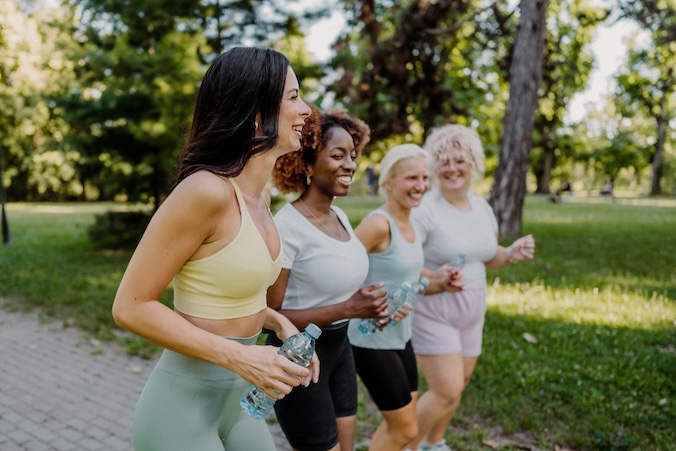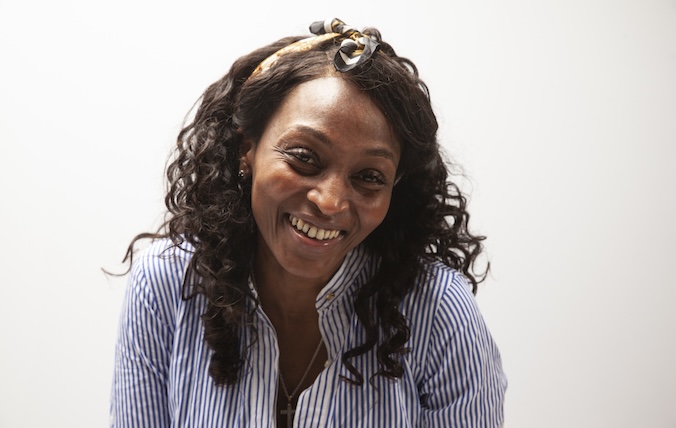Problems with Rosacea and how collagen can help
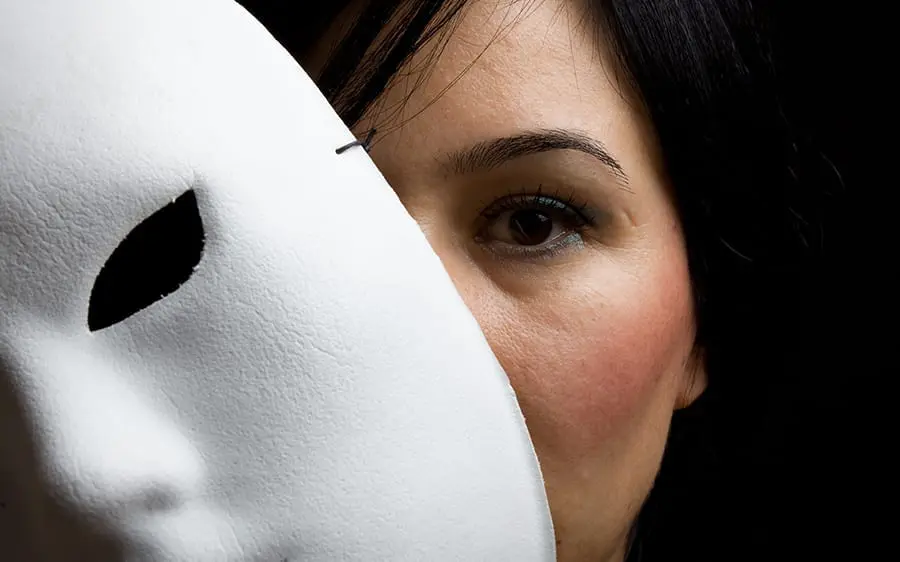
It’s the time of year when redness and sore eyes become a problem, the harsh conditions of winter can play havoc on skin.
Understanding rosacea can and its sypmtoms can really help to keep it at bay. It might start as slight flushing when going from the cold outside to inside in the warm or even runny bloodshot eyes. Rosacea is a condition that can have a great influence over someone’s life and on research it seems that some 10% of the population are sufferers and what is also very apparent is the embarrassment that the symptoms rosacea causes. So many people say that it stops them going out or that they will not venture out without a mask of makeup.
It’s the time of year when redness and sore eyes become a problem; the harsh conditions of winter can play havoc on skin.
Understanding rosacea and its symptom’s can really help to keep inflammation at bay. It might start as slight flushing when going from the cold outside to inside in the warm or even runny bloodshot eyes. Rosacea is a condition that can have a great influence over someone’s life and on research it seems that some 10% of the population are sufferers, what is also very apparent is the embarrassment that the symptoms rosacea causes. Many people say that it stops them going out or that they will not venture out without a mask of makeup.
In a Gallup survey 70% of rosacea sufferers said the condition lowered their self esteem, 41% reported that they avoided social engagements and almost 70% said they felt it affected their professional life. 30% said they had even missed work during flare-ups.
The actual cause of rosacea is not fully known and there is no actual cure. However there is action that can be taken to reduce and control the signs and symptoms. Typically, the onset is noted by flushing of the cheeks and the odd broken capillary on the face. Sadly many people misconstrue that the sufferer is a heavy drinker, which very often causes embarrassment.
What are the symptoms of rosacea?
Symptoms may show themselves as any individual or a combination of the following:
- Redness on the cheeks, nose, chin or forehead.
- Small visible blood vessels on the face.
- Bumps or pimples on the face.
- Watery or irritated eyes.
There are varying degrees of rosacea, however these can be summarised in the following categories:
- Sub-type 1, flushing and persistent redness, broken capillaries may be evident.
- Sub-type 2, transient bumps and pimples accompany this persistent redness.
- Sub-type 3, skin thickening and possible enlargement of the nose.
- Sub-type 4, Ocular symptoms accompany, dry and burning in the eye, redness and swelling of the lids (blepharitis).
It is typical to experience symptoms across the sub-types; these symptoms may also progressively get worse so early diagnosis and treatment is of paramount importance. Several theories have been put forward as to the cause; one is that the sebaceous glands may be infected with a skin mite, Demodex folliculorum. However in skin biopsies the mite was only present in one in five rosacea sufferers.
The condition has been linked to mercury fillings and also an infection of the stomach, Helicobacter pylori. Rosacea has also been linked to problems with the immune system as it targets antibodies against certain sebaceous glands. It may be any one of these triggers or a combination of them that gives rise to the onset of rosacea. Personally I find if I eliminate sugars and yeast from my diet then my skin is much healthier.
Action plan to treat rosacea
Your doctor may recommend a low dose antibiotic (tetracycline) to reduce symptoms, there are other things that you can try. It is important thought that you consult a doctor if you start to get rosacea in your eyelids, it’s called blepharitis. My doctor hadn’t heard of the condition but looked it up. It’s characterised by itchy, red eyes a little similar to conjunctivitis. This is the only time that I have resorted to anti-biotics and have managed to control it by the following measures.
How you can help to calm rosacea right now
Use a sunscreen every day as UV light can aggravate rosacea symptoms.
Wear a mineral make up such as Jane Iredale or Bare Minerals.
Working for clearer skin:- We have plenty of wonderful skin care blogs to help you manage your skin all year round.
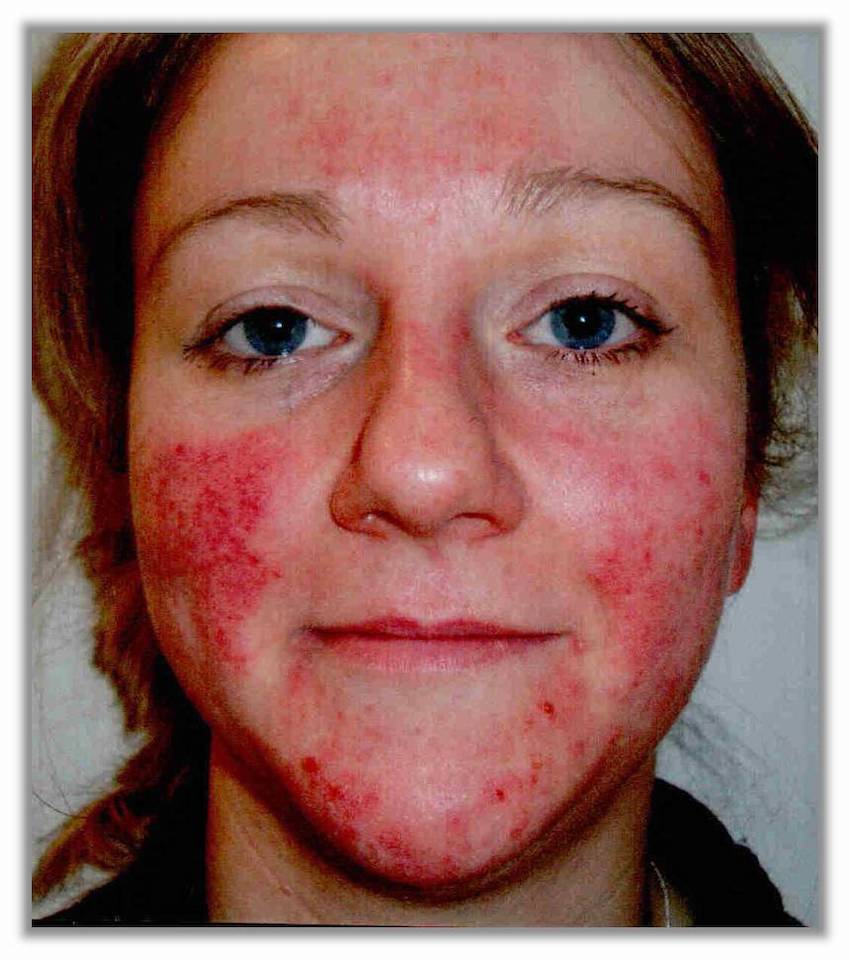
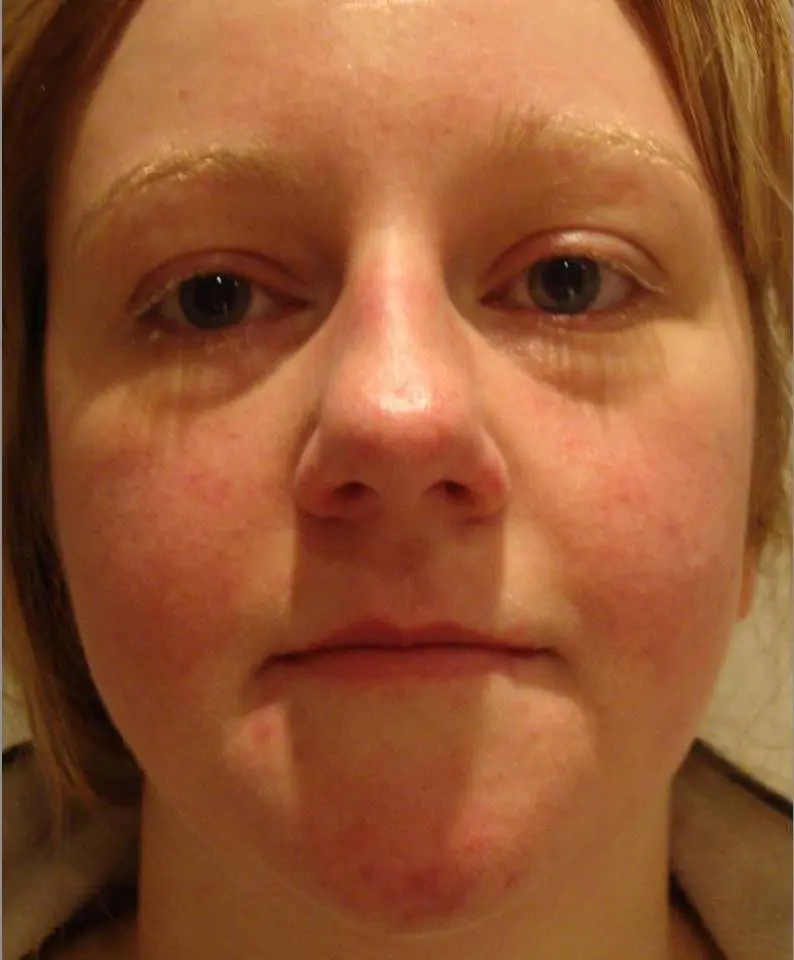
How diet and lifestyle affect break outs
Most rosacea sufferers have dehydrated skin, drink plenty of water.
Keep your body thermostat cool, sip cold drinks and do not have excessively hot baths.
Avoid stimulants, alcohol, spicy foods, cigarettes, and caffeine. Alcohol in particular dilates the blood vessels to make them more visible.
It is vital to wear a sun block with an spf of 30 or apply a product with zinc or titanium oxide to protect the skin.
Keep a diary and make a note of any trigger factors. Dairy, yeast and sugar can be contributors to rosacea.
H3O Hydration and H3O Night Repair both contain powerful anti-inflammatory and are excellent for hydration levels.
Does collagen help calm rosacea?
Collagen Shots has been found to reduce the severity of rosacea as it strengthens connective tissue and acai berry is believed to increase the strength of vascular walls.
Vegan collagen booster, Skin Perfecting Complex, has been formulated to help with rosacea, acne and eczema. It has a host of skin calming ingredients to sooth and reduce irritation.
Which skin care products help?
- Medik8
- Obagi
- Cosmedix
- Dr Hauschka
What treatments will help calm rosacea?
Light based treatments1.
IPL and Laser, light from these systems targets red skin cells and blood capillaries. By exposing vascular lesions to the short pulses of light the heat coagulates the broken blood vessels which are dispersed naturally by the body.
IPL gives good reduction in general redness and can be successful with individual broken capillaries.
Laser is good at targeting individual capillaries.
Suggested equipment: Zeo Light IPL.
LED, Light Emitting Diode, not the sort that are in your average house bulbs. These lights are specially designed to create chemical reactions within the skin tissue. The great thing is they are pain free and a series or treatments can reduce redness and inflammation. Results continue to improve over a 6-month period.
Suggested equipment: Omniluxe and Dermalux both help to calm rosacea.





